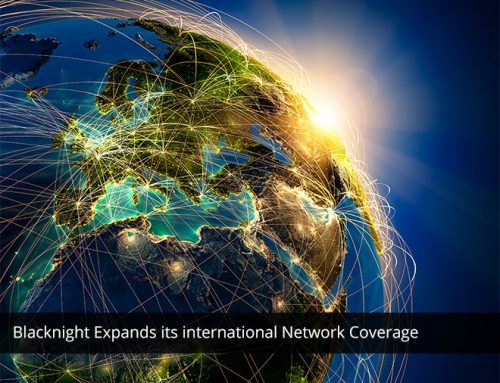We’ve mentioned IPv6 a few times in the past.
It’s not exactly a “sexy” or exciting topic. Anyone who tells you otherwise probably needs to get out more!
It is, however, a very important topic.
IPv4, which has been around for years, provides for IP addresses such as:
192.168.1.1
That’s fine and dandy and most people don’t really need to know about it and, more to the point, probably don’t care.
However there is a downside to IPv4 addressing and it’s a whopper!
No matter what you do there is a finite limit on the number of IP addresses available using this format. Sure, you can have about 4 billion IPv4 addresses, but if you take a look around you now you quickly realise that a lot more things are using IPs than ever before.
Every single mobile device that contacts to the internet needs an IP.
Sure, you could use NAT, which basically means that one public IP serves multiple devices, but there are downsides.
IPv6 was designed in such a way to allow for an almost infinite number of IP addresses. (It’s not actually infinite, but it’s such a large number that it might as well be).
Over the past couple of years network operators have been struggling with a very big, yet unavoidable, problem. There simply aren’t enough available IPv4 addresses left.
So what does an IPv6 address look like?
Here’s one:
2a01:a8:dead:beef::15
It’s a lot more complex than an IPv4 address!
So what have we done with IPv6 this time round?
As of a couple of weeks ago our office network is now connected to the outside world using IPv6. We had been meaning to IPv6 enable our office network quite some time ago, but our technical team were busy working on other projects, so it got pushed down the ever-growing “todo” list.
We also had to ensure that various network devices were running versions of their software / firmware that supported IPv6.
We’re using a mixture of Juniper and Cisco on our network and, from what I’ve been able to gather, not all versions of the Cisco OS support IPv6, which meant upgrades, maintenance windows etc.,
So where does that leave us?
Our offices, including all our staff’s PCs, are connected over IPv6 and we’ve asked some of the service providers to “allow” us to access services over IPv6 (Google for example doesn’t offer IPv6 by default, so you have to request it)
Some of our colo and dedicated clients are using IPv6. We’ve it enabled on most of our internal devices (such as mail servers).
One of the areas which we’re having difficulty with is our shared hosting system, as it does not support IPv6 at all at the moment. We’re working with the software vendor to see how quickly this can be added / enabled.
Our legacy nameservers, for example, support the creation of AAAA records, while the new DNS servers don’t. That means that we currently can’t offer this site over IPv6 as it’s a subdomain of blacknight.com, which uses our new nameservers (and has to use them)
Our resolvers support IPv6 (obviously!), so it’s really a matter of “closing the loop”.






